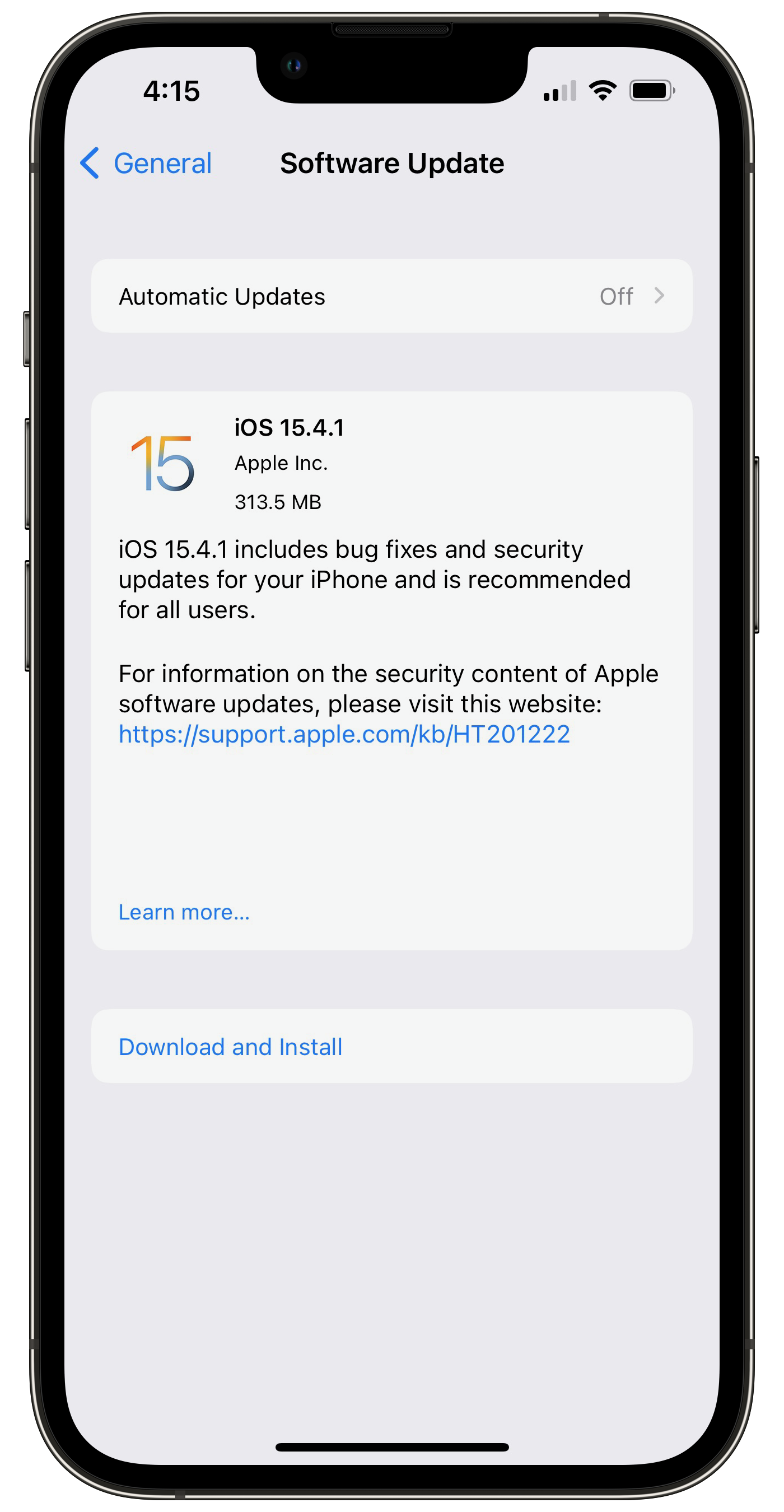
IS IT SAFE?
Why I Wait to Install OS Updates
And what I test before telling you it's safe to install
Many of you know that I tend to issue an All Clear on updating about a week following a new update to iOS or macOS. What some of you may not realize is that I only do that after examining actual reports of problems encountered once live updates begin, and then doing my own tests.
In years past, Apple has issued a few updates which were so bug-ridden that many or most of the iPhone users who installed the update were then unable to use their device for such basic functions as making phone calls. This is called Bricking.
Rather than risking bricking your iPhone, I wait and watch for a while after an update is released, monitoring tech reports, forums, and news releases, and then, if there have been no scary reports, I install and test the software myself on my own devices to test basic functions. Only when I’ve gotten that far without any troublesome issue will I advise you that it’s safe to install the update.
Were you to install the update and one of these rare but real problems from the past appeared, your iPhone, iPad or Mac might not be usable. The task of rolling back an OS to an earlier safe version is simply more than I want to face on any iDevice, let alone for those of you who have never had to do it. Most people would need serious help from Apple, if it's even doable right away.
That’s why you might want to wait for the All Clear before updating.
So, what do I look for and test before announcing an update is safe to install?
- Reports of Bricking — being unable to make calls or the iPhone no longer booting up properly.
- Issues with any of these built-in Apple Apps:

- Phone
- Messages
- Contacts
- iCloud Drive & Files
- Photos
- Camera
- Wi-Fi
- Bluetooth
- iCloud syncing services for Apps
- App Store
- Music Store
I also have a couple of non-Apple or “Third-Party” apps which I use daily, so I make be sure they still work.
My main concerns are about Connectivity — am I still able to connect to and use all of the online services behind the various apps listed above?
When I am satisfied that all of these pieces of the Operating System and built-in Apps are still functioning normally for early adopters, I install it on my own devices. After testing this stuff myself, if all is still fine, then I tell you that, in my opinion: it is safe to install.
You could do this OS-vetting yourself, but it requires spending hours reading articles published by techies, and then, if you installed it and did have a problem, you would need to be prepared to roll back to the previous version for your device to work correctly again. That roll-back is more work than I want to have to do myself for my own iDevices.
The alternative if you do install a bad update and don’t know how to roll back, is to wait for Apple to reissue the update and force a reinstall, or await a bug-fix update. Depending on the severity of the problem, Apple may take from just a few hours to several weeks to fix it.
That’s what’s behind my delays when new updates are released before advising you it’s time to go ahead and install it.
I never turn on auto-update for Software Updates on any of my devices — to avoid a nasty surprise that has been known with a few past updates.
Apple has had very few disastrous OS releases, but, after paying $1,000 for an iPhone which I use steadily every day, I don’t want to have to wait some unknown time before I can use it again. So I wait until I’m comfortable that it’s safe.
Then I also tell you — Yes, it’s safe.
New updates for Mac, iPad and iPhone are released frequently, usually without any advance notice. Listen in class or watch for my email when I deem updates safe to install, certainly not on the first day or two following release. While I give most software updates a thumbs-up within a week or 10 days, I have had occassion to completely skip a few versions until Apple issued a later update to fix the problems they created.
Posted March 31, 2022